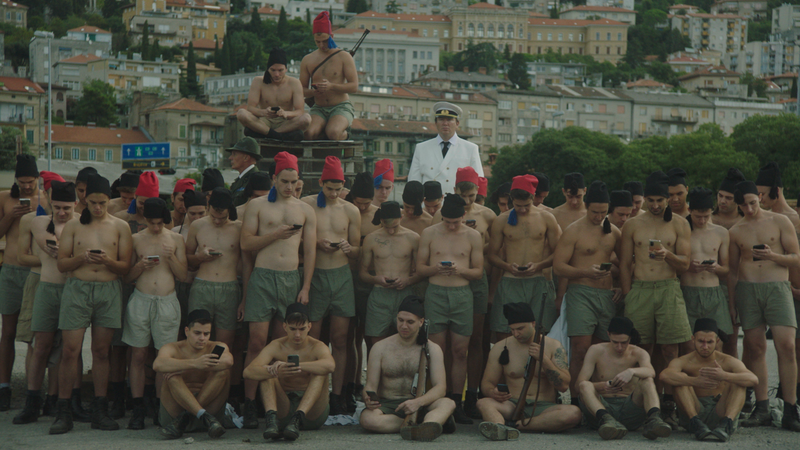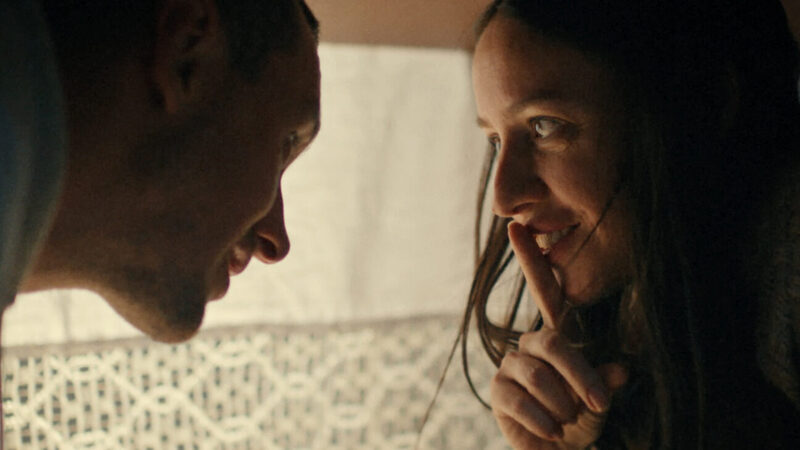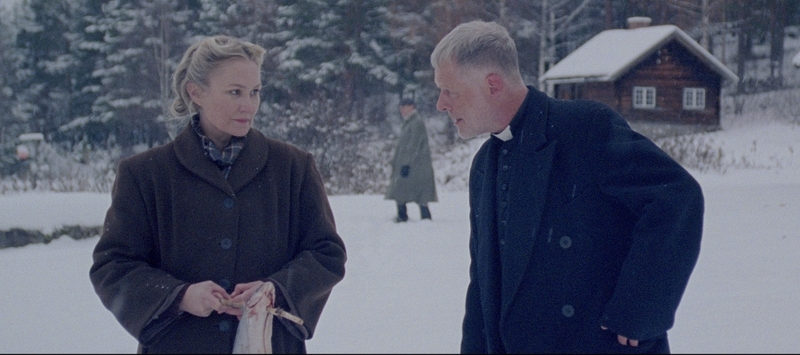
Revisiting the Past to Reflect on the Present
MOVIE REVIEW
Fiume o morte!
–
Genre: Documentary
Year Released: 2025
Runtime: 1h 52m
Director(s): Igor Bezinović
Where To Watch: shown at the 2025 International Film Festival Rotterdam
RAVING REVIEW: Gabriele D'Annunzio's chaotic and theatrical occupation of Fiume in 1919 is one of history’s strangest political episodes. Igor Bezinović’s FIUME O MORTE! The film brings this story to life in an engaging and unexpectedly lively way. Far from a conventional historical retelling, it blends drama, humor, and reflection, transforming the past into a commentary on how performance and propaganda shape politics, both then and now.
The film immediately draws viewers into its layered narrative by comparing the Rijeka of today and its turbulent history. Through interviews with locals, Bezinović uncovers a fragmented awareness of the city’s past, illustrating how memory can be as selective as it is influential. By entangling archival footage, reenactments, and modern reflections, the director creates a complex experience that mirrors the chaotic nature of the explored events.
The unique style of FIUME O MORTE! sets the film apart from standard historical documentaries. Bezinović leans into the absurdity of D’Annunzio’s occupation, using exaggerated imagery and surreal sequences to capture the spirit of a man who treated politics as a stage (if you live in the US or are up on US politics, this may sound familiar.) Whether it’s furniture flying through windows or over-the-top proclamations, these visuals emphasize the theatricality of D’Annunzio’s approach while inviting viewers to see the ridiculousness beneath the surface. This bold choice not only entertains but also underscores the dangerous power of performance-driven politics.
What’s most striking is how the film critiques manipulation and the enduring influence of propaganda. D’Annunzio’s speeches, gestures, and symbolic acts rallied his followers and created an almost mythical narrative around his occupation of Fiume. Bezinović draws clear parallels to modern political figures, showing how these tactics effectively shape public opinion. The connections to today’s political landscape make the film feel urgent and relevant, a reminder that the past often echoes in the present.
Art and politics intersect throughout the film, reflecting D’Annunzio’s use of poetry and theatricality to justify his actions. As a poet and soldier, he crafted a narrative that glorified his occupation, masking its more destructive consequences. Bezinović flips this dynamic, using filmmaking to critique and deconstruct the myths surrounding D’Annunzio.
One of the film’s most thought-provoking aspects is its exploration of selective memory. Interviews reveal that many Rijeka residents know little about the occupation’s details or broader implications. This unfortunate blackout highlights how history can be conveniently forgotten or rewritten, often by those in power. Bezinović doesn’t simply present these gaps in memory; he urges viewers to question how and why specific stories persist while others fade away. The film becomes a call to action, encouraging audiences to engage critically with the narratives that shape their understanding of the world.
Despite its heavy themes, FIUME O MORTE! remains accessible and engaging, partly thanks to its use of dark humor. This balance keeps the audience invested, offering moments of reflection and entertainment. Bezinović’s work also highlights the importance of collective action in reclaiming history. By involving hundreds of Rijeka’s citizens, the film underscores that history isn’t static but shaped by those who engage with it. This participatory approach enriches the narrative, reminding viewers that understanding the past is a shared responsibility.
The title, FIUME O MORTE!, translates to “Fiume or death!” encapsulates the extremism of D’Annunzio’s ideology. Bezinović reclaims this slogan, transforming it into a critique of destructive nationalism and a call for a more inclusive approach to history. The film challenges the legacy of the occupation and the ongoing allure of performative politics in the modern era.
In its bold storytelling, sharp critique, and innovative approach, FIUME O MORTE! transcends expectations. It’s more than a historical narrative—it’s a provocative exploration of how the past informs the present and a reminder of the power of storytelling to reshape perspectives. Bezinović has created a work that challenges audiences to confront uncomfortable truths about history while inspiring them to imagine new possibilities for the future. The film’s dynamic blend of style, substance, and relevance ensures it will leave a lasting impression.
Please visit https://linktr.ee/overlyhonestr for more reviews.
You can follow me on Letterboxd, Instagram, Twitter, and YouTube. My social media accounts can also be found on most platforms by searching Overly Honest Reviews.
I’m always happy to hear from my readers; please say hi or send me any questions about movies.
[photo courtesy of NOSOROGI, RESTART, VIDEOMANTE]
DISCLAIMER:
At Overly Honest Movie Reviews, we value honesty and transparency. Occasionally, we receive free items for review, including DVDs, Blu-rays, CDs, Vinyl, Books, etc. We assure you that these arrangements do not influence our reviews, as we are committed to providing unbiased and sincere evaluations. We aim to help you make informed entertainment choices, regardless of our relationship with distributors or producers.
Amazon Affiliate Links:
Additionally, this site contains Amazon affiliate links. If you purchase through these links, we may receive a commission. This affiliate arrangement does not affect our commitment to honest reviews and helps support our site. We appreciate your trust and support in navigating these links.



Average Rating